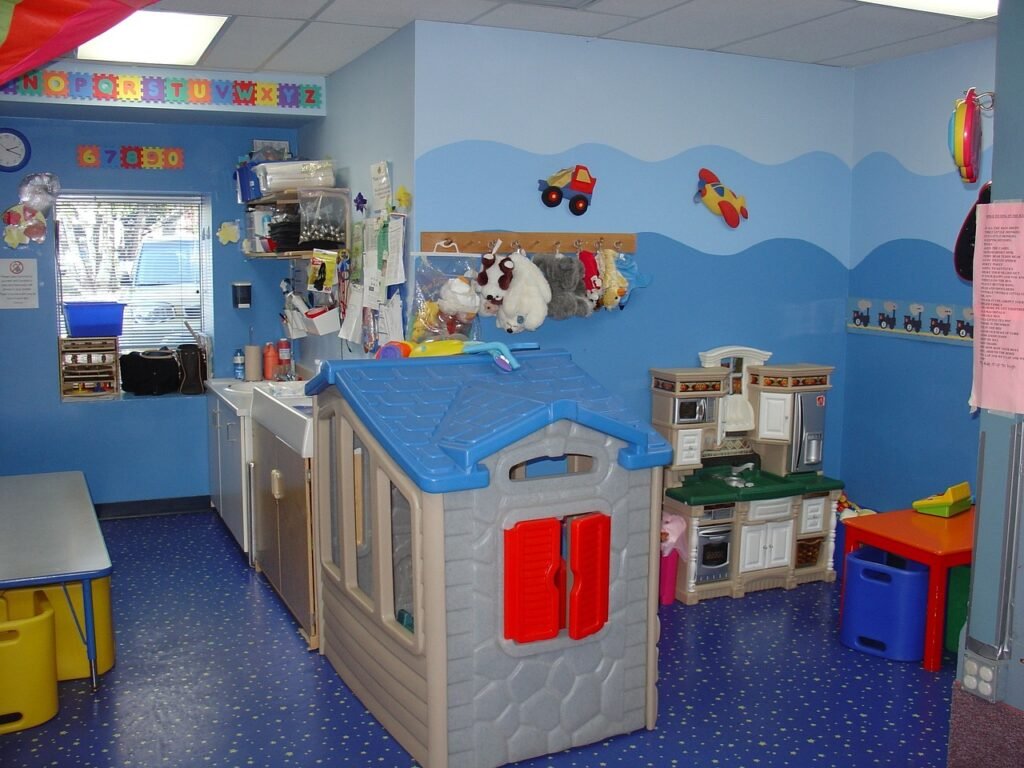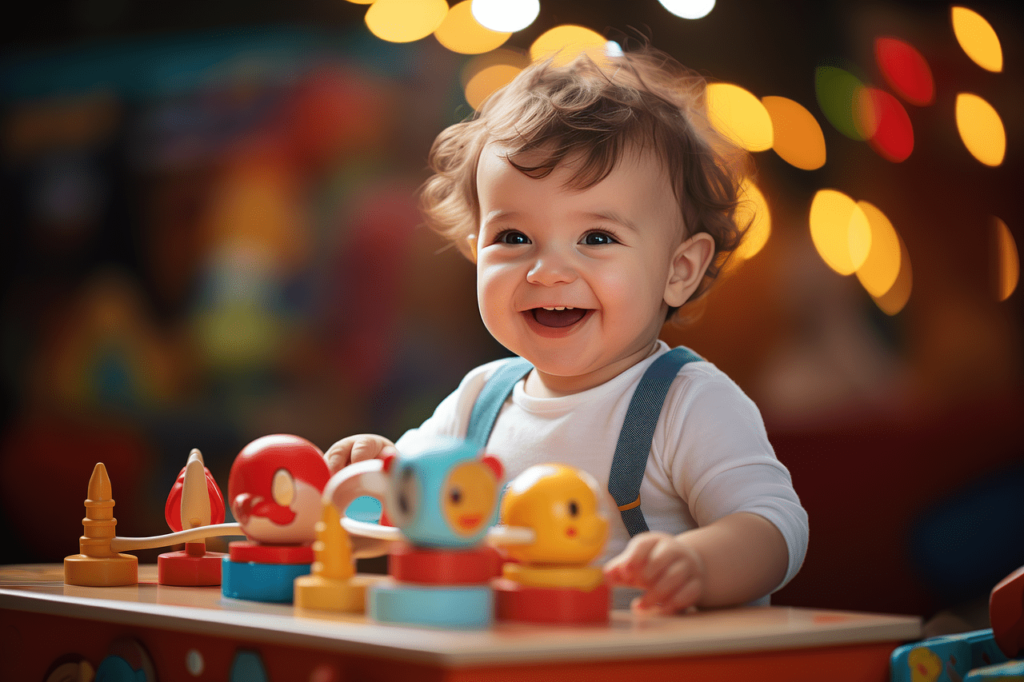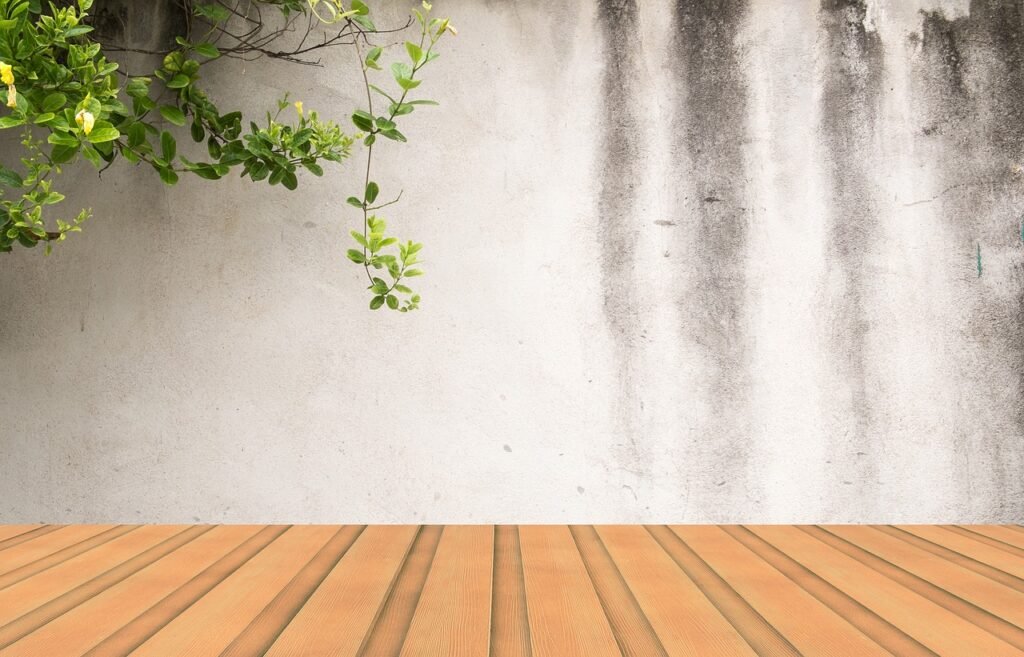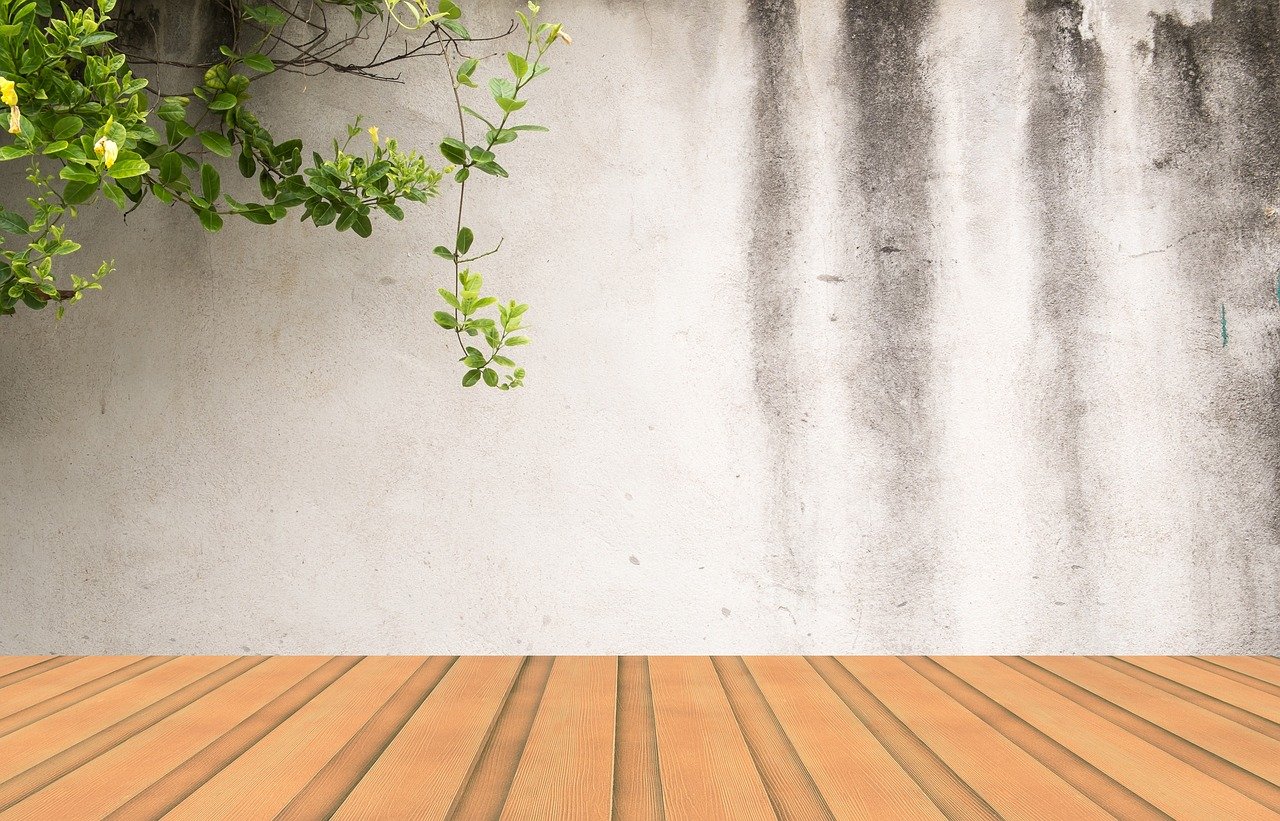You’re probably wondering how to set up a playroom that is both functional and fun for your kids. Luckily, there are some simple hacks you can use to make the most out of this space. From organization tips to furniture arrangement, we’ve got you covered. Keep reading to learn more about setting up the perfect playroom for your little ones!
Why Set Up a Playroom?
Setting up a dedicated playroom for your kids offers several benefits. It allows them to have a designated space where they can play, learn, and explore freely. A playroom also helps keep toys and activities contained in one area, making it easier to clean up and manage clutter throughout the rest of your home. Moreover, a well-designed playroom can inspire creativity, promote independent play, and provide a safe environment for your children to engage in imaginative play.
Creating a Safe and Secure Environment
It’s important to prioritize safety when setting up a playroom for your kids. Make sure to childproof the space by securing heavy furniture to the walls, covering sharp corners with corner guards, and removing small objects that could be choking hazards. Consider installing safety gates to prevent little ones from accessing hazardous areas of the room, such as bookcases or electronic equipment. You may also want to choose durable, non-toxic materials for furniture and decor to ensure your children are playing in a healthy environment.
Organizing the Playroom
Organizing a playroom can feel like a daunting task, especially when dealing with a large collection of toys and games. However, with some simple hacks and clever storage solutions, you can create a clutter-free and functional space that your kids will love. Divide the playroom into different zones, such as a reading corner, arts and crafts area, and pretend play stage, to encourage a variety of activities. Use bins, baskets, shelves, and labels to categorize toys and keep them easily accessible and tidy. Consider rotating toys periodically to keep things fresh and exciting for your kids.
Toy Storage Solutions
Investing in proper storage solutions is key to maintaining an organized playroom. Consider using a mix of open shelving, toy bins, baskets, and cubbies to store toys based on size, type, and frequency of use. Label each storage container to help kids identify where toys belong and make cleanup a breeze. Utilize wall-mounted storage racks, over-the-door organizers, and under-bed storage bins to maximize space and keep the floor area clear for play. Don’t forget to involve your kids in the organization process so they can learn the importance of tidying up after themselves.

Furniture and Layout Tips
Choosing the right furniture and arranging it effectively can make a huge difference in the functionality and flow of your playroom. Opt for child-sized tables, chairs, and storage units that are low to the ground and easy for kids to access. Consider multi-functional furniture pieces, such as storage ottomans, toy chests, and modular shelving, to maximize space and provide versatile seating and storage options. Arrange furniture strategically to create distinct activity areas while leaving plenty of open floor space for playtime and movement.
Flexible Seating Options
Incorporating flexible seating options in your playroom can enhance comfort and versatility. Bean bags, floor pillows, poufs, and small chairs are great choices that can be easily moved around to accommodate different activities and play styles. Create cozy reading nooks with soft cushions and blankets, or set up a mini lounge area with seating mats and cushions for movie nights or playdates. Encourage your kids to experiment with different seating arrangements and configurations to find what works best for their individual preferences.
Design and Decor Ideas
Infusing your playroom with fun, vibrant, and stimulating design elements can create a welcoming and engaging atmosphere for your kids. Consider using bright colors, playful patterns, and themed decor to spark creativity and imagination. Hang colorful artwork, decals, and wall murals to add visual interest and personality to the space. Incorporate a mix of textures, like rugs, curtains, and throw pillows, to make the room cozy and inviting. Don’t be afraid to let your kids’ personalities shine through by allowing them to choose decor items that reflect their interests and hobbies.
DIY Projects and Personalized Touches
Get creative and involve your kids in DIY projects to personalize and customize their playroom. Paint a chalkboard wall for drawing and doodling, or create a gallery wall to display your children’s artwork and photos. Make a reading tent using sheer curtains and fairy lights, or build a sensory play table with sand, water, and various textures. Upcycle old furniture, storage bins, or decor items with a fresh coat of paint, decals, or fabric to give them a new life in the playroom. Encourage your kids to contribute their ideas and participate in decorating the space to make it truly their own.

Educational and Play Activities
Incorporating educational and play activities into your playroom setup can enrich your children’s learning experiences and stimulate their cognitive and motor skills. Create a designated art station with supplies like markers, crayons, colored pencils, stickers, and paper for creative expression. Set up a STEM learning area with building blocks, puzzles, construction toys, and science kits to foster problem-solving and critical thinking. Include a sensory play zone with play dough, sensory bins, and texture boards for hands-on exploration and sensory development. Rotate toys, games, and activities regularly to keep kids engaged and entertained.
Playroom Organization Tips
Establishing a system for organizing toys, games, and activities in your playroom can make cleanup and storage more manageable for both you and your kids. Use clear or labeled bins to categorize toys by type, theme, or age group for easy access and retrieval. Create a daily or weekly cleanup routine to instill good tidying habits in your children and keep the playroom clutter-free. Consider implementing a toy rotation schedule to keep play options fresh and prevent boredom. Keep cleaning supplies, trash bins, and donation boxes handy to quickly address spills, messes, and outgrown items.
Interactive and Imaginative Play Spaces
Designing interactive and imaginative play spaces in your playroom can inspire creative thinking, social interaction, and storytelling among your kids. Create a dress-up corner with costumes, accessories, and a mirror for role-playing and make-believe adventures. Build a stage area with puppets, props, and curtains for puppet shows and performances. Set up a pretend play kitchen with play food, dishes, utensils, and a mini stove for culinary creativity and imaginary cooking. Include a cozy reading nook with books, bean bags, and soft lighting for quiet time and storytelling sessions.
Indoor Play Equipment and Games
Incorporating indoor play equipment and games into your playroom can provide opportunities for active play, physical exercise, and gross motor development. Install a climbing wall, balance beam, or mini trampoline to encourage climbing, balancing, and jumping skills. Hang a swing, hammock, or sensory swing for swinging, spinning, and sensory input. Incorporate a mini basketball hoop, soft play mats, or foam blocks for tossing, catching, and building activities. Set up a board game station with puzzles, card games, and board games for social play and cooperative learning.

Maintenance and Cleaning Routine
Maintaining a clean and organized playroom is essential for creating a safe, healthy, and enjoyable environment for your kids. Establish a regular cleaning routine that includes daily tidying, weekly dusting, and monthly deep cleaning tasks. Encourage your kids to help with chores like putting away toys, wiping down surfaces, and sorting items into designated bins. Use non-toxic cleaning products to sanitize toys, furniture, and play surfaces. Stay on top of repairs and maintenance tasks to ensure that your playroom remains functional, safe, and inviting for your children to play in.
Toy Care and Maintenance
Properly caring for and maintaining your children’s toys can prolong their lifespan and keep them in good condition for years to come. Develop a routine for cleaning, disinfecting, and storing toys to prevent the spread of germs and bacteria. Wash plush toys, blankets, and dress-up costumes regularly in the washing machine. Wipe down plastic toys, wooden toys, and play surfaces with a mild detergent and water solution. Check toys for loose parts, broken pieces, or wear and tear, and repair or replace them as needed. Rotate toys in and out of storage to avoid overcrowding and maintain kids’ interest.
In conclusion, setting up a playroom for your kids can be a rewarding and enjoyable experience that enhances their playtime, learning, and imagination. By incorporating simple hacks such as safety measures, organization tips, furniture arrangement, design ideas, play activities, and cleaning routines, you can create a functional and fun space that caters to your children’s needs and interests. Remember to involve your kids in the process of setting up their playroom to empower them, encourage creativity, and make the space truly their own. With these simple hacks and thoughtful considerations, you can create a playroom that is safe, engaging, and conducive to hours of imaginative play and exploration. Happy playroom designing!

